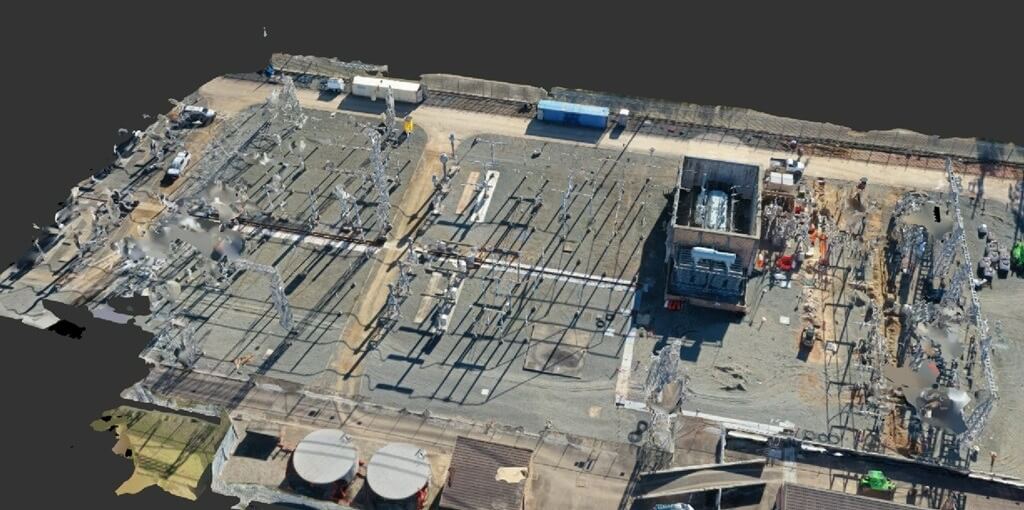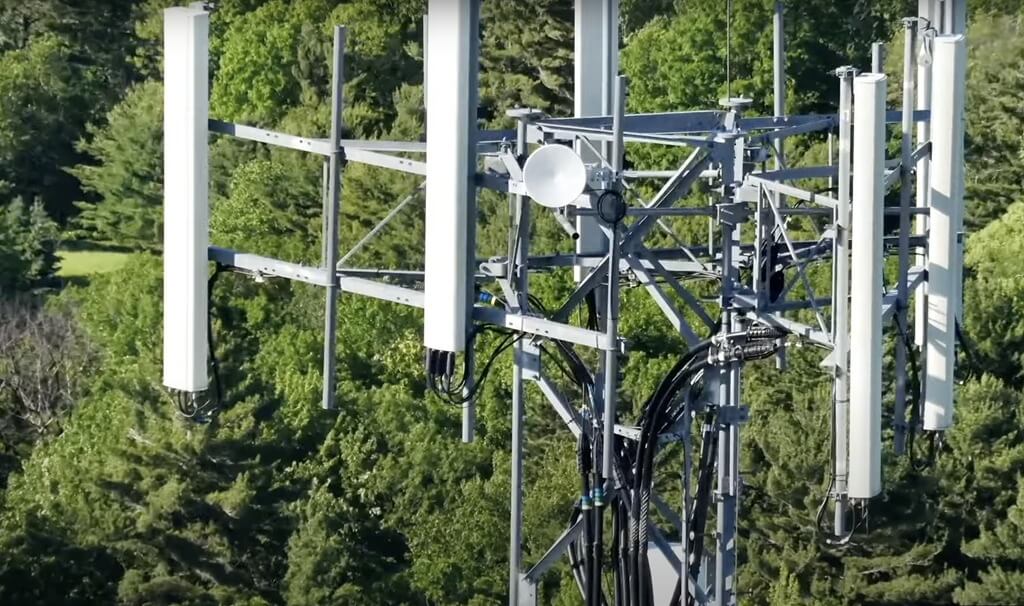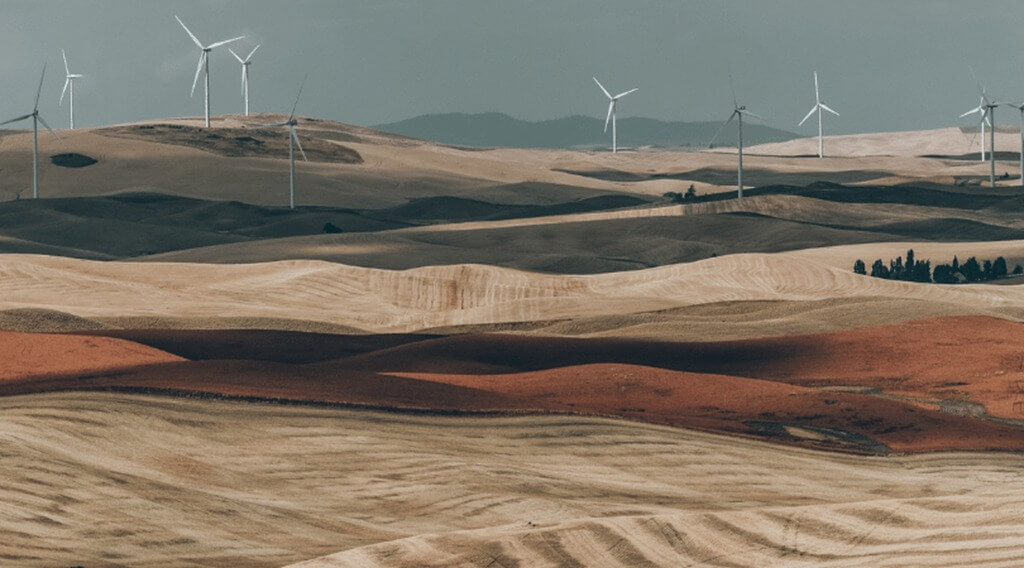Discover the power of assets inspection with drones! Enhance accuracy, save time, and streamline your inspection process today.
As human civilization expands, so does the demand for infrastructure to support the people. Drones are proven to be indispensable in the administration and upkeep of physical assets. Unmanned Aerial Vehicles (UAVs) are inexpensive, lightweight, and simple to use.

Drones can also be employed throughout the asset creation process. For forecasts and improved decision-making, 3D views may be developed.
What Is Assets Inspection?
Asset inspection is the job of surveying or inspecting the physical state of an asset to provide data that may be utilized in the efficient and effective management (governance) of that asset across its life cycle.
Regularly updating asset condition assessment data will guarantee that the decision-making process will enhance the governance of the life-cycle of assets and raise an asset’s return on investment.
Asset management promotes operating efficiency and safety compliance and prolongs equipment lifespans.
Regular inspections help with real-time condition monitoring, decreasing unexpected downtime and boosting profitability.
Asset inspections can vary depending on the specific industry and the types of assets being assessed. They are deployed in various sectors to increase the lifetime of the asset and lower the probability of its malfunction.
For project integrity, asset inspections can identify risks and ensure funds are spent as intended, establishing checklists for verification.
In some sectors, including wind energy, regular and low-cost asset inspections are critical for maintenance and decision-making procedures. The insights gathered from inspections give significant data for informed decision-making.
Uses Drones For Asset Inspection
The use of unmanned and progressively fully automated drone inspections has already made tremendous waves in the asset management business.
Personnel can conduct inspections from a safe distance, without the use of costly ladders or scaffolding, and while remaining entirely safe from falls. Even for more difficult inspections like thermal imaging, large regions can be covered in significantly less time.
If maintenance or repair is required, the technician can arrive at the problem area with a defect diagnosis already in mind. As a result, drones have become an essential component of the overall asset management process.
Asset inspection doesn’t necessarily mean maintenance of buildings only. Many different types of physical assets benefit from drone technology. We have listed some of the important ones here:
Solar Farms Inspection
Maintenance is difficult in big farms, especially because the examination must be performed when the panels are fully operational (under bright sunshine).
Drones can quickly explore whole fields in a few hours. The drone has assisted many businesses in increasing their efficiency by being effective and saving time and money.
Manual labor is expensive and takes a long time to complete work, but a drone can travel the field in hours and provide the firm with accurate and effective dates.
Drone inspections ensure a safer working environment, eliminating the need for risky manual surveys at solar farms.
Drones equipped with thermal imaging and AI detect heat anomalies in solar panels swiftly, aiding in performance monitoring and issue identification.
They are also equipped with cutting-edge technology that can detect cell defects, failures, dirt on photovoltaic cells, interconnection issues, solar cell degradation, and the declining operational efficiency of solar farms.
Cell Tower Inspection
Cell tower inspections are inherently dangerous for the person performing the examination. Scheduling and scheduling problems can occasionally cause delays in the project.
Planning takes weeks of travel time, as does ascending the tower, reporting, and assessing the inspector’s findings.
Manual inspections are expensive in terms of manpower and resources like safety equipment and insurance. Implementing a drone inspection enhances safety greatly since drones are operated safely from the ground.
Drones cut the time it takes to perform an inspection from weeks to hours, allowing for more towers to be inspected. Our drone pilots completed three cell tower inspections in a single day.

Drones capture and retain historical data that may be quickly accessed for additional study and aid in the planning of better future infrastructure.
The information gathered is promptly transmitted to the mobile tower company, allowing the inspector to make rapid and effective decision-making.
Drone inspections may detect far more than the naked eye, such as loose bolts or corrosion that could cause harm.
Roof Panel Inspection
Drone roof inspections are one of the most common types of drone inspections these days.
In most drone roof inspections, the data a drone pilot collects is high-resolution photos and video. They may also collect thermal data or LiDAR data.
Drones indirectly help other services as well. Nowadays, insurance companies have been using drones for roof and other inspections related to insurance adjustments for a while now.
When completing a roof inspection in person, there may be roofs—such as a tower roof, a turreted roof, or other steeply pitched types—that are just too difficult or dangerous to walk or climb on.
In these cases, the inspector will frequently call and state that they are unable to check that area of the roof.
Without that information, a house buyer may be forced to decide without understanding the entire extent of the roof’s condition, or an insurance adjustor may be forced to make a judgment based only on what they can see from the ground.
Drones solve this accessibility issue by collecting visual data on any portion of a roof that needs to be inspected.
Wind Farm Inspection
Power businesses deal with a variety of assets that must be inspected regularly.
These assets include boilers and chimneys used in coal-powered energy production, as well as wind turbines and other hydropower plant components utilized in greener power sources.
Wind turbine drone inspection will be crucial in extending the service life of wind farms as demand for sustainable wind power grows.
Wind turbines require frequent maintenance and inspections to minimize wear and tear, which can lower a turbine’s performance and lifespan.

A wind turbine drone inspection can detect blade delamination, core problems, internal component failure, and other critical flaws as part of the maintenance process.
Wind turbines are becoming more large, with the average land-based device reaching more than 200 feet tall. Furthermore, the increasing sizes provide additional obstacles to safety and inspection operations.
During a standard wind turbine inspection, a crewed inspection team known as rope access technicians would climb inside and outside the turbine construction using a rope and tether system.
They will conduct a visual assessment while ascending, looking for any abnormalities that signal the presence of a fault that may require maintenance.
Drones make data collection and analysis more efficient. High-resolution photos can spot problems that the human eye cannot, and new drone sensors can increase inspection possibilities.
Bridge Inspection
Drones provide a low-cost option for quickly discovering bridge damage, performance, and capacity decline issues.
Engineers can evaluate and monitor the health of bridges regularly since drones are simple to deploy and cost-effective in maintenance operations.
Bridge inspections are often complex, time-consuming, and costly. They require sophisticated and costly inspection equipment to allow engineers to evaluate the bridge’s underbelly.
Drones, on the other hand, can aid in the creation of 3D bridge models. These are important for detecting flaws and are valuable for future initiatives.
In general, UAVs can access nearly every portion of the bridge, including the sides, top, and bottom, better than human workers.
Drones are increasingly being used for bridge inspections, with advantages such as increased safety and cost savings over traditional approaches.
Inspectors can reduce the dangers, labor, and expenses associated with traditional procedures that require specific equipment and greater degrees of skill by deploying UAVs.
Why Choose Upload Media Services For Assets Inspection In Australia?
At Upload Media Services, we have a team of experienced and qualified asset inspectors who are dedicated to providing you with accurate and reliable services. We use the latest technology and techniques to ensure that your assets are inspected thoroughly and efficiently.
We are also committed to providing you with excellent customer service. We understand that your assets are important to you, and we will work with you to ensure that your inspection needs are met.
Having a well-planned drone inspection plan is essential for effectively monitoring the decline of assets. The significant expenses associated with service interruptions, faults, and general wear and tear resulting from neglect can be avoided.
How Can Upload Media Services Help You In Assets Inspection In Australia?
We Upload media services and understand that the condition of your assets is critical to your business.
That’s why we offer a comprehensive asset inspection service that can help you identify and address potential problems before they cause costly damage. Our asset inspection services include
Visual inspections
We use a variety of tools and techniques to visually inspect your assets, including drones, thermal imaging cameras, and ground-based equipment.
Non-destructive testing
We use a variety of non-destructive testing methods to assess the structural integrity of your assets, including ultrasonic testing, radiography, and magnetic particle testing.
Condition assessments
We use our expertise to assess the condition of your assets and identify any potential problems.
To learn more about our asset inspection services, please contact us today. We would be happy to answer any questions you have and schedule an inspection for your assets.
FAQs Regarding Assets Inspection
What Is Assets Inspection?
Asset inspection is the job of surveying or inspecting the physical state of an asset to provide data that may be utilized in the efficient and effective management (governance) of that asset across its life cycle.
What Are the Benefits Of Assets Inspection?
Asset inspection provides several benefits for businesses and organizations. Two key advantages include:
- Effective Data Collection
- Gain further understanding of jobs and tasks.
- Cost-Efficient
- Strategical Improvements
What Are The Cons Of Asset Inspection?
Some of the cons of asset inspection are given below:
- Data Validity Concern
- Limited Scope in Small-Scale Projects
- Subjective in nature
Which Drone Should I Use For Assets Inspection?
The DJI Matrice 300 is presently the standard drone model when it comes to finding an inspection drone for most exterior inspection purposes, as it is compatible with a variety of payloads, including high-quality cameras with outstanding zoom capabilities via DJI’s Zenmuse camera series.